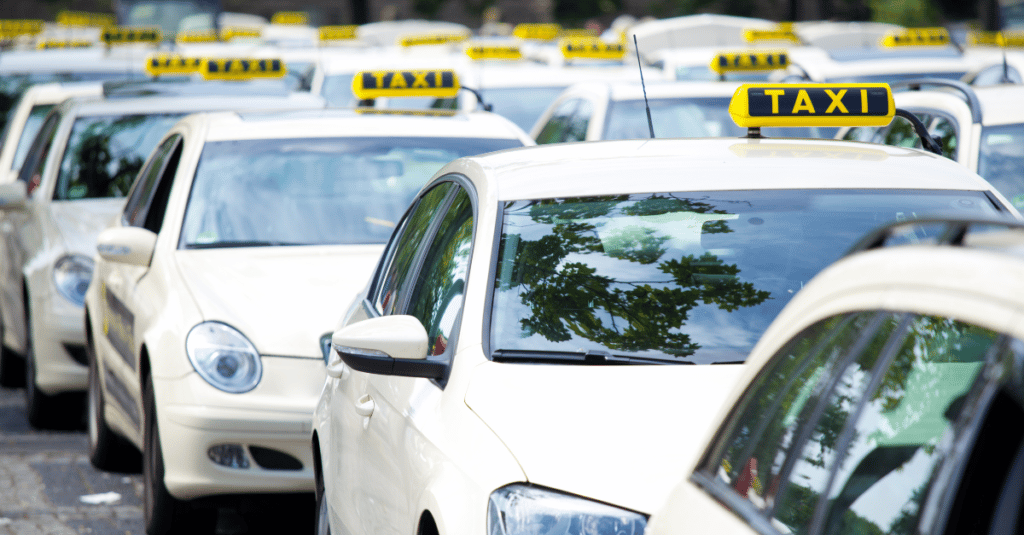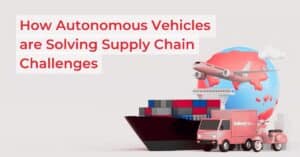With autonomous vehicle deployment growing around the globe, government officials are becoming increasingly confident in self-driving cars. This is evidenced by the recent spate of autonomous fleets approved for travel without safety drivers on board in multiple cities. Some companies have grown bullish enough about their driverless vehicles to put a price on a ride.
Here is a sample of the companies who’ve entered the commercial arena with driverless cars:
- Easymile operates autonomous shuttles across the globe, performing thousands of commercial drives.
- Cruise has been approved to deploy commercial driverless cars in San Francisco through its AV ride-sharing service.
- Argo-AI has begun piloting autonomous taxis, sans safety drivers, in Miami, Florida, and Austin, Texas.
- Meanwhile, in China, AutoX robotaxis are operating without them as well.
- Gatik’s delivery trucks have been conducting driverless hauls successfully for some time without human backup drivers.
These developments and others show that regulators are increasingly satisfied with the safety of autonomous vehicles, at least under specific conditions.
With the most important requirement from autonomous vehicles seemingly on track, it’s time to ask: Are autonomous vehicles ready for prime time, or are there still issues that need to be addressed before ramping up for mass deployment?
If mass deployment is to become a reality, performance issues like those related to pickup and dropoff, for example, must be ironed out.
SF voices concerns about autonomous vehicle dropoff and pickup
Just because an AV is able to safely travel from point A to point B doesn’t mean it is accomplishing its mission in full: To do that, it must complete its journey with optimal efficiency while providing a great experience for customers as well as other vehicles and pedestrians sharing the street. Sometimes the most complex and challenging task is the start and end of the ride—picking up customers and dropping them off at their destinations.
The City of San Francisco has commended the performance of Cruise fleets overall, writing, “the driverless Cruise AV appears to generally operate as a cautious and compliant defensive driver.” However, it raised concerns over pickup and dropoff, stating that they may block traffic.
While The City admitted that double parking is common enough with human drivers, it appears to hold robots to higher standards.
Autonomous vehicle deployment and mission accomplishment
Computers like the AI in autonomous vehicles rely on machine learning and neural networks to respond to situations based on what they “learned” in the past. While engineers have made major strides in training AVs on the rules of the road, they simply can’t train them on every scenario or edge case possible in the real world. In some situations, the AI will be stumped.
Humans, on the other hand, are better at improvising in novel situations—thinking, inferring, extrapolating, testing, and making judgment calls to work out problems without a known solution.
They have much more to draw on than just data: perceptions, knowledge, memories, etc. People can refer to innumerable experiences and bits of accumulated knowledge to make a decision and even rely on instincts ingrained in our brains based on millions of years of evolution.
How ambiguity challenges AI during pickup and dropoff
Here are some of the ambiguities and human-related factors that challenge autonomous vehicles at the curb:
Pickup – passenger /customer identification
A key issue with pickup/dropoff is the busy and heterogeneous traffic. Pickups and dropoffs occur at the intersection of the human realm (sidewalks) and the vehicle realm (roads). Both vehicles and humans in this area behave in a non-continuous and sometimes erratic manner. The AI needs to comprehend the intentions of vehicles trying to reach or leave the curb and pedestrians about to cross the road.
In certain scenarios, a car’s AI may correctly identify a gathering of individuals waiting at the curbside for a ride. However, it may not be able to single out the individual waiting for that particular vehicle. Just imagine an AV trying to locate a single specific passenger amid the cab queues at CES.

While the delivery-robot market is growing, it’s difficult to picture how an unassisted autonomous bot would find the customer at a beach or park. Even as it drives smoothly to a pinpointed destination, it may pass the actual customer standing nearby, or, say, waving to the robot while yelling, “over here!”
Passenger Dropoff
Think of the last few times you rode a taxi (one with a driver, that is). How many times were you dropped off exactly at the destination entrance?
Maybe it was pouring rain or a fire hydrant had burst, and there’s a large puddle, right in front of the dropoff point? Or snow piled high, or any other obstruction?
“Just let me off here” is a familiar phrase to all taxi drivers. Now imagine nearing your destination in a robotaxi during afternoon traffic. It will take 5-7 minutes to get there by car, but if you get out and walk the same distance using a shortcut it will take two. How do you ask the car’s AI to pull over and let you out?
Law enforcement
Another important edge case for autonomous vehicle deployment is interaction with law agencies. What happens if a police officer instructs a self-driving car to pull over? How does the AV recognize members of law enforcement agencies? Who will officers talk to? How can officers obtain information or give further instructions?
A related issue that has recently surfaced is how to write up a ticket for an AV. Current law requires that the ticket be assigned to the driver.
AV companies are navigating hurdles and delivering high-quality user experience with remote operators
The fact of the matter is that there still are—and will be for the foreseeable future—situations that AI cannot handle on its own. But just like a recently certified driver often has an experienced safety driver beside them, so can an artificial system.
When it comes to launching commercial services and scaling, driverless fleet operators are turning their attention to end-to-end customer experience. Teleoperation, in all its flavors, helps provide that user experience. A remote operator can hear a passenger say “can you drop me off here” and feed that information to the AI engine, which will proceed to pull over safely according to traffic laws and road conditions.
Upon nearing the destination, the remote operator can be looped-in safely, in order to help the AI locate passengers and position the vehicle in a convenient pickup location.
Using teleoperation, driverless vehicle operators can safely hand over vehicle operation to a remotely located driver who will deftly handle the situation, providing a great user experience. Specific situations such as dropoff can be predefined and communicated to passengers. Alternatively, if the AI is confronted with a situation it cannot handle on its own, the autonomous vehicle can ask the remote operator for assistance, whether in selecting a path between several options, providing additional information, or even driving the vehicle from afar.
The role of teleoperation in autonomous vehicle development
It’s amazing how far autonomous vehicles have come. The increasing number of deployments without safety drivers shows policymakers’ confidence in their safety has grown. While safety is the first and most important test for AVs to pass on the way to wide adoption, it’s not the only one. For large-scale acceptance and customer adoption, AVs must be able to provide a great user experience, i.e., complete their mission seamlessly, even in situations that require the heuristics of human brains.
Teleoperation adds more than just human logic and decision-making—it adds an element of human communication with people who care that you don’t get your shoes wet as you step out of the vehicle.







